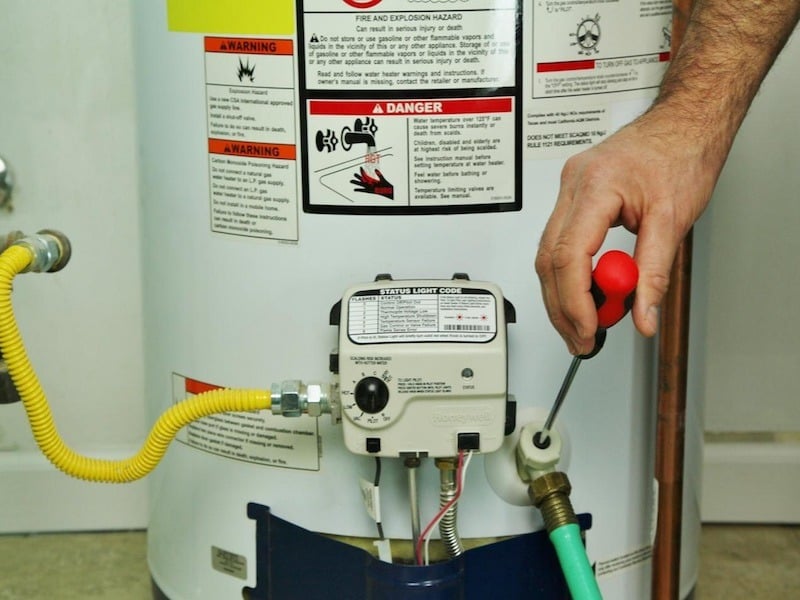Why You Need To Flush Your Water Heater
Most homeowners are oblivious to their water heater until the moment that they open a faucet and have no hot water. Then, they start to wonder why this appliance failed, how to get their hot water restored, and hopefully how to better care for their repaired, or newly installed water heater. And the answer to that last part of the question is relatively simple. This unit, like all mechanical things, just needs a little bit of regular maintenance to extend its life expectancy substantially.
Scale – A Water Heaters Nemesis
Unlike the scale that makes most people cringe because it displays their weight, the scale that damages water heaters is very different. Water scale is a buildup of the mineral particles that are found in varying degrees in all water. The more minerals, the harder we consider the water to be. And the more harmful that water is to anything metallic as well as your skin and hair. In the case of your water heater, the accumulated scale works as an insulator between the heating element and water in the holding tank. The more scale, the harder your water heater is forced to work to heat your water. And as with anything, being overworked decreases the water heaters life span. In addition, the buildup of scale will increase corrosion on the inside of the holding tank. And once that corrosion eats through the wall of the tank, you will be forced to replace the entire water heater. There is no safe and reliable way to patch or repair a hole in a metal water heater holding tank.
Eliminating Scale
Eliminating the scale from your water heater is as simple as flushing the tank. You can follow the steps below or call (214) 388-8838 and schedule an appointment with a licensed plumber from Flow Plumbing.
- Turn off the power to your water heater
- Connect a hose to the drain valve at the base of your water heater and run the hose to a drain or other location that can accommodate hot water- not into your lawn
- Carefully open the drain valve to allow the water to flow out of the tank
- Monitor the water coming from the tank- initially, it will be clear, then you will notice the water is more cloudy
- Once the water flowing from the hose is clear again, close the drain valve and allow the tank to refill
- When the tank is full or almost full, turn the power back on to enable the flushed tank to begin heating the water in the tank
In most locations, flushing a water heater is a task that you can add to your spring cleaning list and complete just once each year. However, if your water is very hard, draining and flushing the tank every six months would be very beneficial.
Benefits Of Flushing Your Water Heater
Of course, extending the life of this expensive appliance is a significant bonus. And the hour you invest in this process could add years of use to your current water heater. Another financial benefit is that you will find that your water heater is operating more energy-efficiently once the scale is removed. And the tank will heat water more rapidly. So there will be a shorter recovery time when you do use all of the hot water in the holding tank.
If you had begun to notice odd sounds coming from your water heater, they should have disappeared when you flushed the tank. This is because the scale starts to solidify and percolate inside the tank. And while this is not dangerous from a safety aspect, it is a warning that your water heater is being overworked. So now your water heater will once again work silently to provide you with the hot water you want and need in your home.
Flushing your water heater is much like changing the oil in your car. It is a small investment in a costly item. It will extend the life of your water heater and will also decrease the operating cost. If you are not comfortable completing this task, then call (214) 388-8838, and a Flow Plumbing pro will do it for you quickly and cost-effectively.











